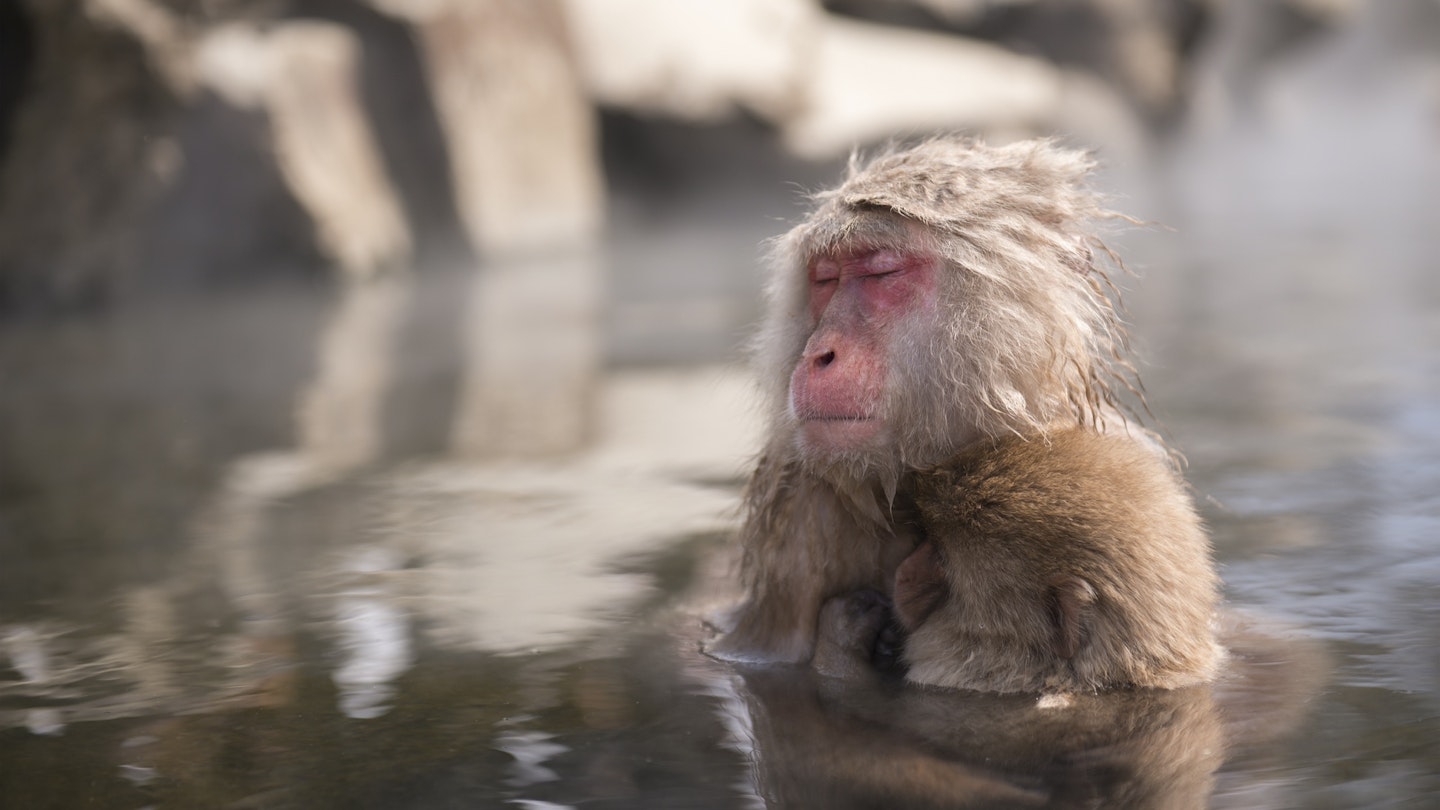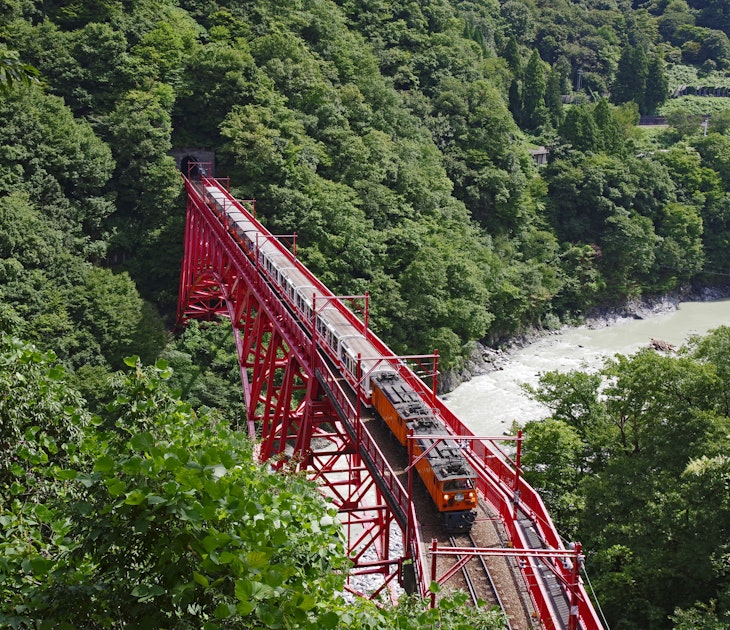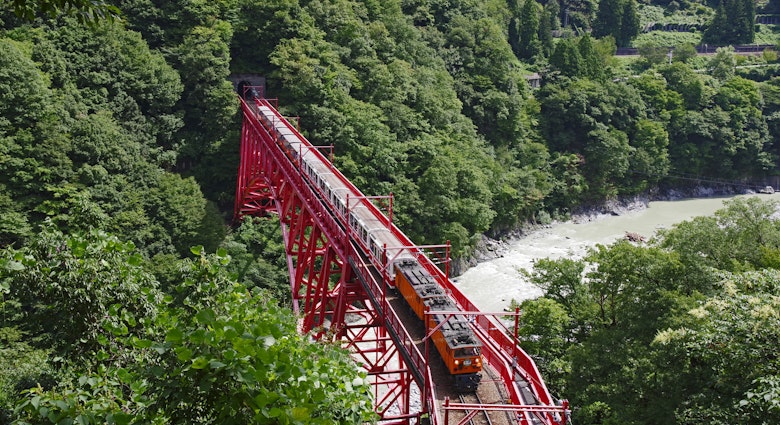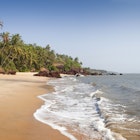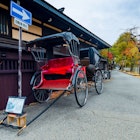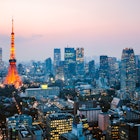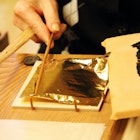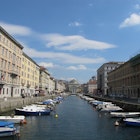If you want to veer away from Japan’s well-worn tourist trails, head for the ‘New Golden Route’ on the Shinkansen (bullet train). This route connects the major cities of Tokyo, Kyoto and Osaka with both the Joetsu and Hokuriku regions on the Sea of Japan coast and the hinterlands of central Honshu, Japan’s main island. (To make the most of this train route, consider the all-access Hokuriku Arch Pass.)
The central, mountainous region of Honshu is often overlooked by international visitors. But to the west of Tokyo, three prefectures which form the spine of the country – Gunma, Nagano, and Gifu – are steeped in unique regional culture, from picturesque hot springs resorts to post towns on the old Nakasendo trail and World Heritage villages.
To get the flavor of these three regions, check out our five-day central Japan itinerary (with a day six option), all a part of the New Golden Route:
Riding Japan’s ‘New Golden Route’: The vibrant cities of Tokyo, Kyoto and Osaka

Gunma (Day 1)
Kick your trip off at Daimonya in Takasaki City, a little less than an hour from central Tokyo on the Hokuriku Shinkansen. Takasaki is the home of daruma dolls – paper-mâché depictions of Bodhidharma, the founder of Zen Buddhism. At Daimonya, fourth-generation master craftsman Junichi Nakata makes around 70,000 of these good-luck talismans annually, some of which are as big as 75cm-tall. On a guided tour, watch Nakata paint daruma with lightning efficiency, and try your hand at crafting your own take-home talisman.
Another 65 minutes by local train (or 15 minutes by Shinkansen, but not via the Hokuriku Arch Pass) will bring you to Minakami, a town residing in the palm of towering peaks, and a prime location for adventure sports. Select one of the many canyoning tours to chart a course through tumbling waterfalls and up steep rock walls, or take to the gushing waters of the Tone River for some whitewater rafting.
Minakami has also been dubbed the ‘Water Shangri-La’ due to its bountiful geothermal water resources. There are 18 onsen (hot springs) in the town alone, along with ryokan (traditional inns) with private rotenburo (outdoor baths) in the rooms. Keisetsu no Yado Syoubun and MICASA are great one-night stay options. For other accommodations, including traditional ryokan inns, resorts and hotels, Visit Gunma has a list of certified “Gunma Excellence” choices on its web site.

Gunma (Day 2)
You’ve got two options for day two in Gunma. Both are picturesque onsen towns equidistant (in terms of travel time) from your next destination, Nagano City, though they each have their own distinct vibe.
Option 1: Kusatsu Onsen
Kusatsu Onsen consistently tops charts as Japan’s best onsen town. Situated 1,200 meters above sea level, the local springs collectively churn out a whopping 32,300 liters of water per minute. Said water has highly acidic properties, making it particularly adept at eradicating microorganisms on the skin.
Kusatsu Onsen is a few hours from Minakami, so you may want a full day to unwind here. The town loops around a giant hot water field, the yubatake, which collects and cools the superheated water and suffuses the crisp mountain air with the unique smell of sulphur and a constant babble.
Take a stroll around the yubatake, where you can find several souvenir shops and ryokans, before pausing to sink your feet into one of the public footbaths. Afterwards, check out the dining options at Yugawa Terrasse, try okkirikomi, a warm local dish made of wide, raw noodles simmered in a soy sauce or miso-based soup, or drink hot nihonshu (rice wine) from the bar at Daitokan hotel (where you can also lay your head for the evening). Other accommodation options can be found through the Gunma Excellence program.
Option 2: Shima Onsen
Shima Onsen, is a quiet mountain town around two hours from Minakami via public transport. For the crowd-weary traveler, Shima is likely to be less crowded than Kusatsu, making it perfect for a full-day of R&R.
Go for a stroll around the town and along the river admiring its old-world aesthetic. The wood and tile buildings sit amid the forest, casting their gaze from the high banks of the Shima River’s upper reaches. For accommodation, a kaiseki meal (traditional Japanese cuisine), and a hot spring soak, Sekizenkan is one of the best options. First constructed in the late 17th century, the ryokan is now famous for its red-bridged entrance that resembles the setting of Studio Ghibli’s classic animated film, Spirited Away.
Riding Japan’s ‘New Golden Route’: Traditional Niigata, Shiga and Saitama
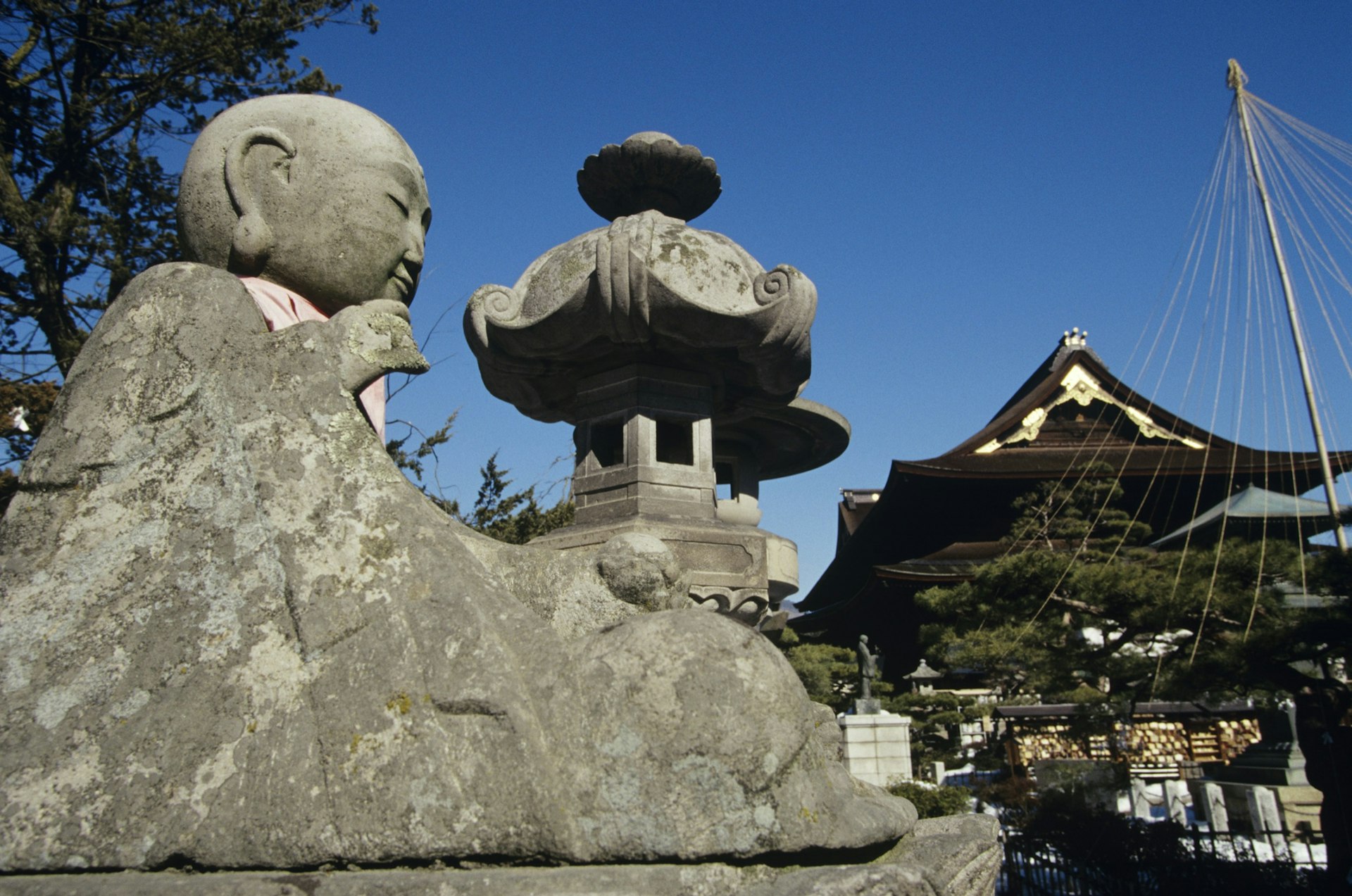
Nagano (Day 3)
Head for Nagano City in the morning, approximately three hours from Kusatsu and Shima Onsens respectively via public transport – both routes will take you through Takasaki Station, from where you can hop on the Hokuriku Shinkansen direct to Nagano Station which helps to streamline the second half of the journey.
Make a beeline for Zenko-ji, a gold-trimmed Buddhist temple perched regally atop the city. The temple is famous for its founder, Yoshimitsu Honda, a pioneer of women’s rights to worship, who supposedly carried a bust of Buddha from Osaka to this location in the 7th century.
Walk along Zenko-ji’s old flagstone high street and into the temple courtyard where the smell of burning incense drifts with the breeze. Make sure you head into the main hall to gawk at its lofty ceiling inscribed with artwork and tapestries carved into the walls. Keeping to the theme for lunch, consider Fuchinobo near the temple precinct which serves shojin ryori (plant-based Zen monk cuisine).
Make the two-hour journey via local train to Azumino, a town of wasabi farms, rice paddies and toothy mountain backdrops. Rent a bicycle from Shinano-an and head for Hotaka Shrine, hidden within a grove of giant pines and cedars and home to roaming bands of wild chickens. Next pop over to the sprawling Daio Wasabi Farm, for freshly-plucked wasabi root or wasabi-based ice cream. On the other side of town, you can cycle to a hot spring footbath looking down over Azumino from the foot of the Northern Alps.
Staying in Matsumoto, a 30-minute train ride away, is recommended. Ryokan Sugimoto and Onsen Hotel Omoto are hip Japanese-Western fusion hotels with outdoor onsens.

Nagano/Gifu (Day 4)
Matsumoto is a small yet lively city sitting in a valley under gaze of the Northern Alps. In the morning, rent a public bike for free at Sui Sui Town near Matsumoto Station to get a real flavor of the city’s diverse cultural landscape.
Matsumoto Castle, constructed toward the end of the Sengoku, or Warring States, era (1467 – 1615) should be your first stop. Park your bike and head to the top of the main keep – one of only 12 original keeps left in Japan – for views of the city unfurling towards the mountains.
Next head to the Matsumoto City Museum of Art, making a brief detour through the charming former merchant district, Nakamachi. The museum is unmissable: splattered in polka dots and fronted by huge psychedelic flower sculptures, both of which bear the unmistakable artistic signature of Yayoi Kusama. The nonagenarian artist was born in Matsumoto in 1929 and the City Art Museum is a homage to her life’s work.
Stop at the six-generations old Ishii Miso Brewery for a miso soup lunch before returning your bike and hopping on the 90-minute train to Narai-juku, an old post town on the Nakasendo trail which connected Tokyo and Kyoto during the Edo Period (1603 – 1868).
Admire the ancient buildings of the town dubbed ‘Narai of a Thousand Houses’, and the autumnal colors blazing across the hillsides if the season is right, then make tracks for Takayama in Gifu Prefecture. This journey could take up to four hours, so book yourself into Takayama Green Hotel, where you can enjoy a kaiseki meal (traditional multi-course cuisine) and a late-night onsen.
Riding Japan’s ‘New Golden Route’: The artisans of Toyama, Ishikawa and Fukui
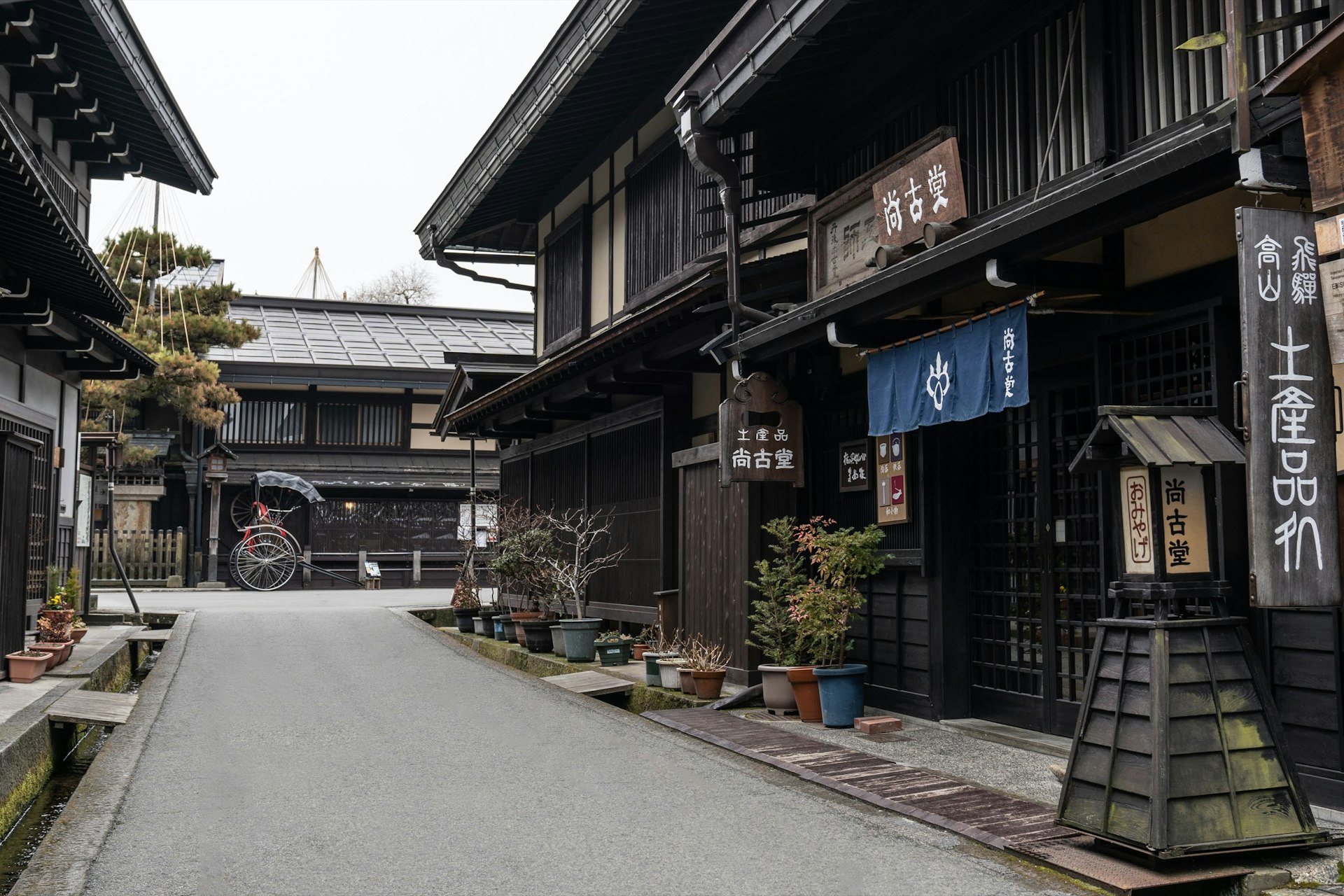
Gifu (Day 5)
Start your day in Takayama at the Miyagawa Morning Market, where stalls known for their locally produced vegetables and fruits, traditional crafts, and ichigo daifuku (strawberries covered in mochi, sticky rice) line the river. Don’t forget to sample the delectable hida beef nigiri sushi. Furthermore, several shops in the area offer kimono rental services, if you want to eat your way through the old town market dressed like the samurai of yore.
Hop on the one-hour bus from central Takayama to Shirakawa-go, a picture-book village of gassho-zukuri (thatched roof) houses high up in the Ryohaku Mountains. A village plaque states, ‘To live in the steep mountains is to live in Paradise on Earth,’ which indicates how prepossessing this UNESCO World Heritage village can be.
Stroll through the fairy-tale townscape, stopping at the Gasshozukuri Minkaen Folk Museum where you can sip sweet zenzai soup, made from adzuki beans and mochi, in front of a crackling brazier. For something more substantial, Coffee House Sato, offers make-your-own rice ball cooking classes.
Finish the day at Onyado Yuinosho, an elegant ryokan on the outskirts of Shirakawa-go. A kaiseki dinner and breakfast is included, as is a complimentary supper of ramen once you've had a few beers and regained your ‘second stomach’.

Day 6 Option
If you have time the following day consider heading to the Shinhotaka Ropeway, two and a half hours by bus from Shirakawa-go. This gondola system carries visitors up to 6,500 feet above sea level, offering sprawling views of the Northern Alps, which earned it two stars in the Michelin Green Guide to Japan. The closest city to Shirakawa-go and Shinhotaka Ropeway on the New Golden Route is Takayama, which is directly connected to Toyama, Gifu and other Shinkansen cities via local trains.
For more information on the New Golden Route, check out a downloadable brochure.

